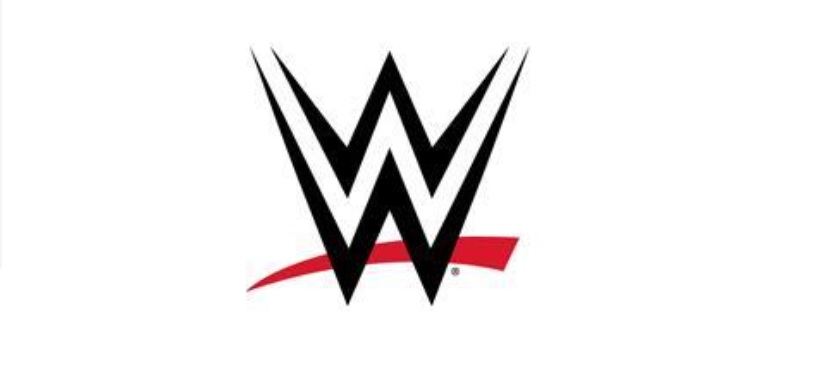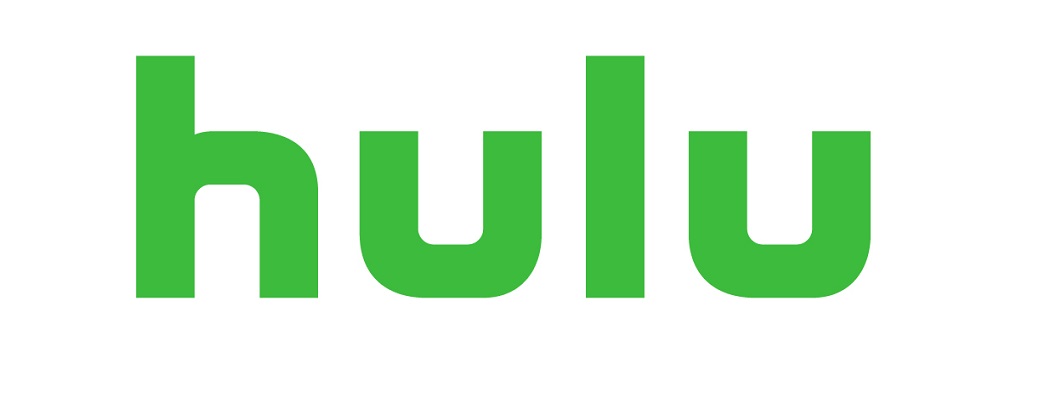Looking into the Crystal Ball
While it’s not possible to actually look into the future, I do believe that if you objectively look into the past and at current trends you can see the direction that things are going with reasonable accuracy.
A recently released report shows some of the trends of the average TV audience. While the report in itself isn’t a huge surprise to those who are involved in Streaming and Cord Cutting, it does lend credibility to some of the things that have been said by the community.
Cord Cutting Will Rise
There are several contributing factors to the popularity of streaming devices. One is the low price. Some streaming devices cost less than $50 and even at that price finding a wide variety of popular makes and models is easy.
Having high speed Internet service already in the home is a contributing factor as well. If you already have internet service in your home, which most cable subscribers do because of bundle deals as well as an almost dependability on it to keep in touch with family and friends, an individual who is considering getting their first streaming device already has a major component needed in order to take that initial plunge into the streaming lifestyle.
Lack of knowledge is an element that can cause individuals to stick with their cable service. Only 20% of cable users don’t know how to get live TV without cable, but those that do are hesitant due to fear of losing the ability to watch sports, news or networks that are important to them. However with 80% of cable subscribers already using some form of streaming service it won’t take long for many of them to look around to see what else is available.
Price and availability of OTT services like SlingTV and DirecTV Now will likely invite more people to give them a chance. One concern that I expressed was that I wasn’t convinced that we had enough people in the streaming community to support the multiple streaming services that are available, but as households begin to look at Sling like services to serve their needs, the more in demand these services will become. As households embrace these services other people will see it in action and look to see if anything meets their needs.
TV Technology
Major sweeping changes have been made in the TV you have in your home. Most individuals have, by now, upgraded to the flat screen High Definition Televisions that were out of the average consumers price range under 10 years ago. 720p and 1080i or 1080p quality is the norm while 4K picture quality sets are beginning to hit the price where it makes it attractive for some people to upgrade to it before their old TV’s need to be replaced.
However 4K quality TV’s are pushing the limits of average humans vision capabilities. When 4K first made its way onto the market one of the common complaints was that while you could see more detail in the video, it wasn’t enough of an improvement to justify the cost with even the larger TV sets of 50 or more inches. 5 or even 6K TV’s may make its way into the consumer market but the improvements in detail wont cause a rush.
That’s not to say that you won’t see changes providing picture quality. High Dynamic Range to improve contrast between bright and dark pixels on the screen will be an area that will be addressed. Projection technology will also be one that makes its way to the consumer market as well, such as this short throw laser projection TV by Epson or this one from Xiaomi. Another issue regarding TV is the sound quality. With modern TV’s being so much thinner than the analog TV’s from the previous generation and the speakers mounted so that they are facing backwards, the sound quality is noticeably worse that even most casual viewers are not satisfied. This means that sound bars or even external speakers are becoming necessary. I foresee a day when devices like Amazon Alexa or Echo personal assistant or Google Home smart speakers will connect to devices or TV sets, giving you stereo quality sound superior to what your TV can provide.
Internet Service
About five years ago I was convinced that cable service was in its death throes, seeing actions such as data caps and increased prices for internet only service convinced me that they were trying to survive. I no longer view them as death throes, but rather an attempt to slow and possibly stop that trend from continuing.
I have no doubt that the giant cable services are hurt financially already by cord cutting, however they are able to adapt to the changing trends they are facing. Services like Spectrum’s TV Choice makes it clear that they have seen this trend and are working to adapt to it. Larger cable companies have the resources to offer services like this in order to compete with Sling, DirecTV Now and other OTT services but I do believe that a day will eventually come when cable providers will drop cable service all together and eventually focus on providing Internet service only to its customers. Because cord cutting is becoming more common and cable networks have placed so many demands on cable companies, eventually the small cable companies will realize that if they focus on providing internet service only their customers can find the best OTT service that suits their needs. Possibly even getting some kickback from the OTT services.
Summery
Fear and lack of knowledge is the most common reason why people hold onto their cable service, but cost, curiosity and familiarity will be enough to inspire people to leave it behind. Already we see the effects of customers leaving has on those who remain by increased costs as the networks and cable companies struggle to make up for the lost income. I do believe that local networks have become to heavily dependent upon cable for some of its financial resources and am suspicious on how much longer cable companies will be able to support that trend due to the financial struggles that they are facing. But local TV networks do have a multitude of options available to ensure that their viewership remains high which is the most important issue for them.
Necessity is the mother of invention and the TV audience has become accustomed to a few things regarding convenience, but we already have the foundation in place for those to thrive. Several DVR services that cater to over the air viewers are already in place, as well as hardware to provide local TV signals to all of the devices in your home without the need to string coax all over the place are already available, dependable and popular. The merging of local TV with your favorite OTT service isn’t as popular or common, but they do already exist so its likely that they will obtain a larger audience as the trend grows.
Financial struggles always forces companies to look at what where the bulk of their income is coming from as well as what provides the biggest profit margin. Its been no secret that internet service is the most profitable service that cable providers have and while the biggest bulk of their business is providing cable its clear that its shrinking with no evidence that it will slow down. I think that this will force smaller regional and local cable companies to make the tough decisions first and right now I’m not seeing a whole lot of available options for them. It’s possible that the trend of leaving cable service will change, all the evidence points to it continuing at an even faster rate.






